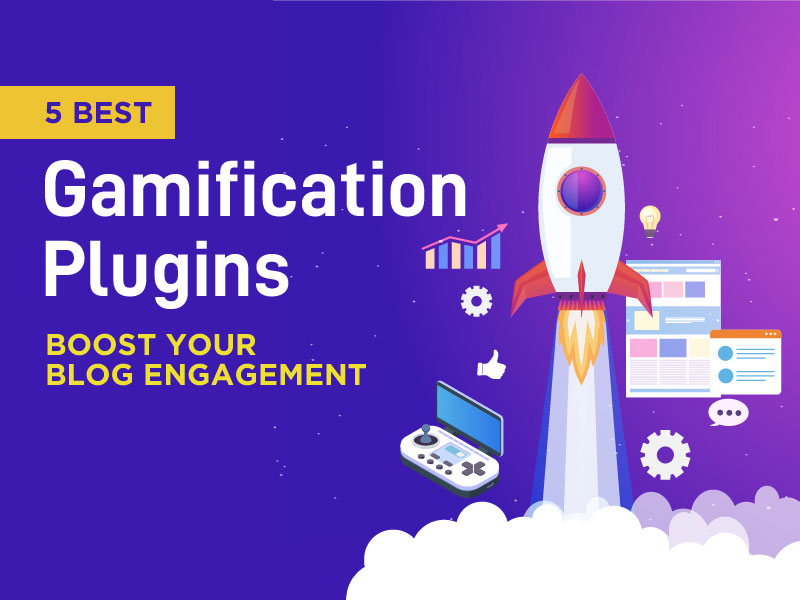Whether you’re just getting started with your blog or looking to give it a boost, there are some best practices that you should incorporate into your blogging strategy to give your site traffic a major boost. Not only will you notice increased traffic when you properly implement these suggestions, but you should also experience an improvement in your site’s page rank.
5 Best Practices To Explode Your Traffic
1. Write for Humans
When you’re working with a good digital marketing agency in Utah, they will encourage you to write for humans and not search engines. Content will always be king. Give thorough answers or solutions to the questions your audience is trying to answer with your posts. Make your posts scannable by incorporating headings and visual aids. There are content writing tools that you can use if you need help creating quality content.
2. Use Alt Text
Any image you add to your blog needs to have alt text. Alt text describes the image and what’s happening in it to inform Google why the image is there and it helps those who are visually impaired to more fully experience your blog. Alt text needs to be descriptive and contain your selected keyword in a natural way. Whether you’re using a stock image or your own images, adding alt text changes the way your site is experienced.
3. Keyword Research
Conducting keyword research can help you better focus your blog posts in ways that search engines will reward. You want to use keywords and phrases that Internet users are searching for. A keyword research tool can make this fairly simple and give you a leg up in the page ranking. Low-searched and declining keywords aren’t a good choice for driving traffic to your site. That is why it’s important to do keyword research regularly and ensure that your focus words align with your site and your traffic goals.
4. Link to High-Authority Sites
In addition to linking to posts within your blog’s site to help search engines create a better site map, you should also be linking to high-authority websites. Be sure to use natural language that is an accurate description of what you’re linking to. Links should naturally fit into what you’re linking to. By linking to reputable websites, you’re adding more value to your content while letting your audience know that you care about the quality of content they take in. It shows that you’ve invested in researching the topic and a trustworthy source.
5. Create a Link Building Strategy
Link building is a must if you’re looking to improve your search engine ranking. When other websites link back to your blog, particularly sites that have high authority or a higher page rank, your site becomes more trustworthy in the algorithmic eyes of Google and other search engines. Getting links isn’t always a fast and easy process, so having a strategy that includes fostering relationships with other sites, writing guest posts, locating and alerting sites to broken links on their sites, and creating high-value assets. As long as you create content that others want to share, your link building strategy is well on its way.
SEO doesn’t have to be some mysterious enigma that rules whether or not your site is getting the kind of search engine and site traffic that you want. When you take charge of your SEO, you gain control of how your site is seen.







